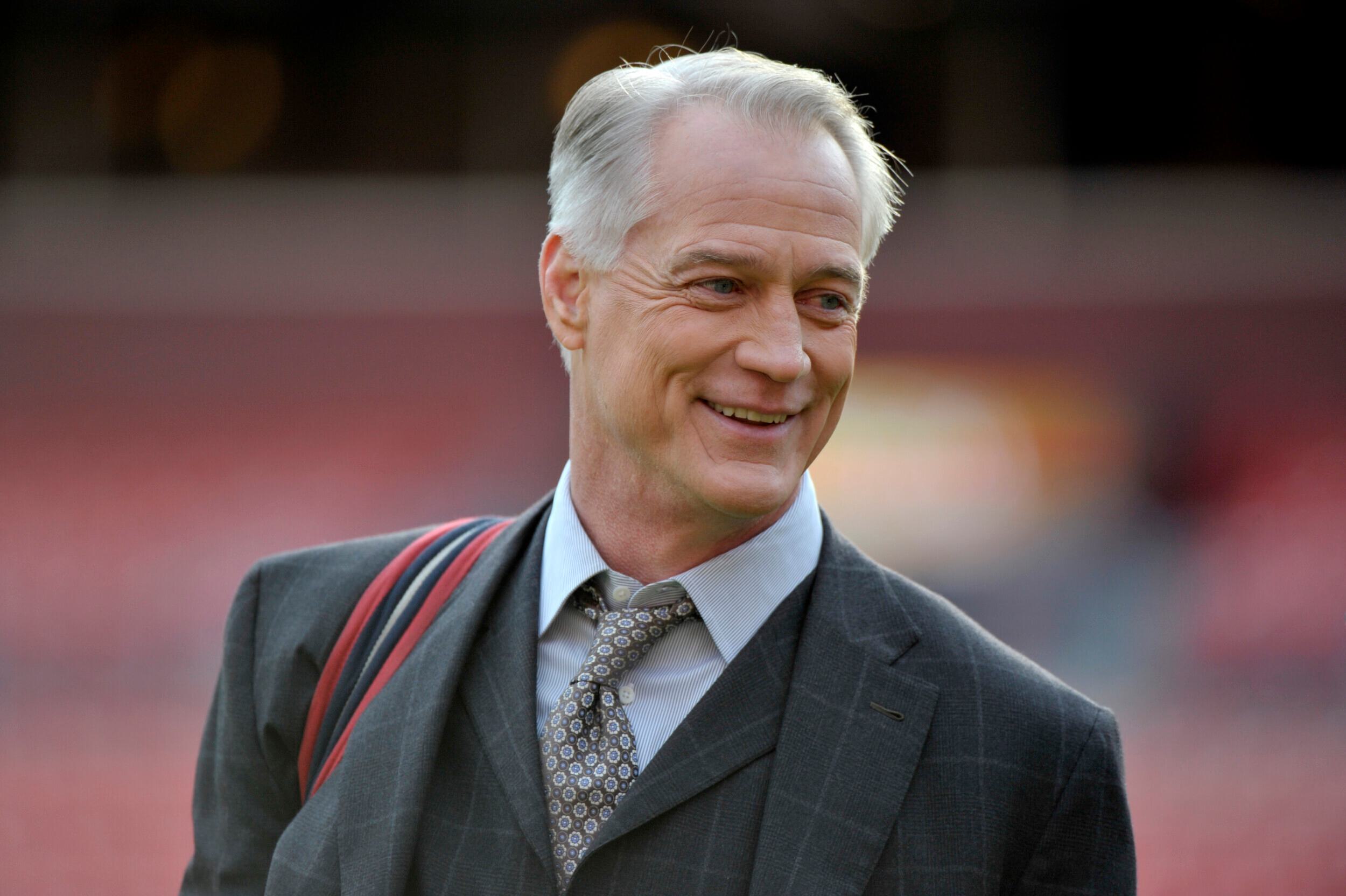The USFL accomplished what the last two attempts at spring football failed to do — make it through its first season.
The league wrapped up its first season of play Sunday in Canton, Ohio, with the Birmingham Stallions beating the Philadelphia Stars, 33-30, in the league championship game. Where it goes from here is the bigger question.
Fox Sports president Eric Shanks announced last week that the USFL will return next season. Ratings have been steady, with games averaging 1.034 million viewers on Fox and NBC. The overall average is lower (715,000) when games on USA Network and FS1 are included.
While those ratings are slightly above the 2019 Alliance of American Football, which ceased operations after eight weeks, they are behind the 2020 XFL viewership average of 1.9 million. The XFL ceased operations midway through its season, mostly due to the coronavirus pandemic.
“I think we’ve said pretty consistently that the number one goal for this season was to establish that we could do viewership at the same level as other sports that have been part of the spring calendar for a long time (Formula 1, Major League Soccer, English Premier League). I think we’ve more than held our own,” Fox Sports executive vice president Michael Mulvihill said.
The league took a huge step toward ensuring financial stability by playing all of its regular-season games in Birmingham. League officials announced 17,500 fans took in the first game on April 16 between the Stallions and New Jersey Generals but did not release figures for the other 39 games, which appeared to be played in a mostly empty stadium except when the Stallions played.
The plans for next year include the same eight teams, but they will play games in at least two cities or as many as four.
The league is looking to get more people to attend each game. USFL director of operations Carl Adkins told the Sports Business Journal that Birmingham Stallions games were generally well attended in 2022, averaging 10,000 to 15,000 fans per game. However, non-Birmingham teams drew significantly less interest, bringing in just 1,500 to 2,000 fans at each game in Birmingham.
Spreading the league around to two or four hosts cities should help with attendance, a concern of NBC, while keeping the broadcast viewership — Fox's main focus with the league — relatively stable.
The league will also probably evaluate its schedule, roster size and on-field rules as well, but for now, the headline item is that the league isn't likely to be in a single location next season.
The league was able to adjust to concerns throughout the season. The sensor inside the football for tracking was altered after feedback from quarterbacks and kickers about how it was affecting them. The league also expanded rosters due to injury concerns late in the year.
“This league was put together by people that understand what an alternative football league is about," Philadelphia coach Bart Andrus said. “People may have experienced the other part of it, losing the league or not having one make it. But they understand what it takes. I think that’s been the difference.”
Besides Shanks, the USFL includes former Dallas Cowboys standout and Fox NFL commentator Daryl Johnston as executive vice president of football operations, along with Brian Woods, the founder of The Spring League, as president of football operations and Mike Pereira as the head of officiating.
“We will always consider ourselves as a standalone professional football league that hopefully continues to build that relationship with the NFL,” Johnston said. “There are some things that we’re talking about internally that hopefully will come to fruition. We want to create that synergy with them, where it’s a relationship that benefits both sides.”
USFL games averaged 2 hours, 58 minutes, which is 14 minutes faster than an NFL game. While league officials were happy with the game pace, they would like to see more plays and more attempts at 2- and 3-point conversions.
The USFL averaged 158 plays per game — 20 fewer than the NFL. Even though teams could attempt a 3-point conversion from the 10-yard line after touchdowns, it only happened five times during the regular season, with one successful conversion.
The USFL has a working relationship with the NFL but doesn’t want to be seen as its developmental league. But it is also not a challenge to the NFL, which puts it in a strange middle ground.
The 2023 season is expected to start in mid-April so that the USFL doesn’t have to compete against the NCAA basketball tournament and the Masters. The XFL plans a return next season with an expected start of February 18, the week after the Super Bowl.
Johnston also wanted the focus of this past week to be on the championship game and the first season.
“I’ve talked to everybody about this," he said. "Let’s make sure we take the time to celebrate what we’ve accomplished and pat each other on the back because it’s been a lot of hard work by a lot of really, really good people that’s gotten us to this point.”
Story by Associated Press and other sports media reports.
Don’t miss out! Subscribe to our newsletter and get our top stories every weekday morning.










